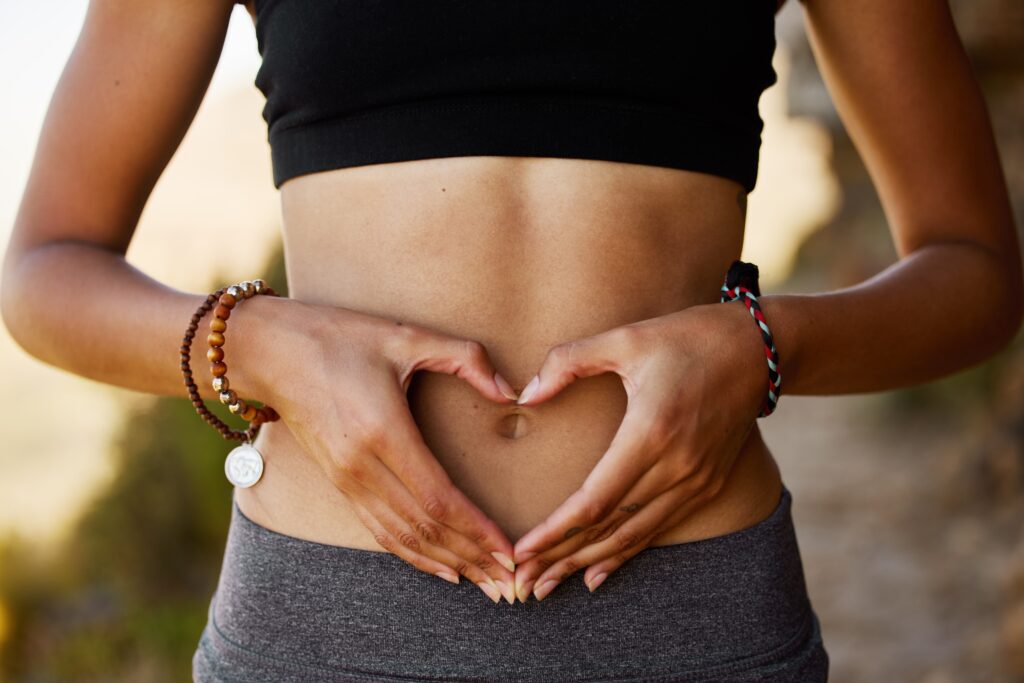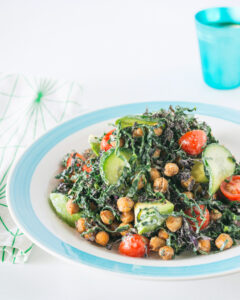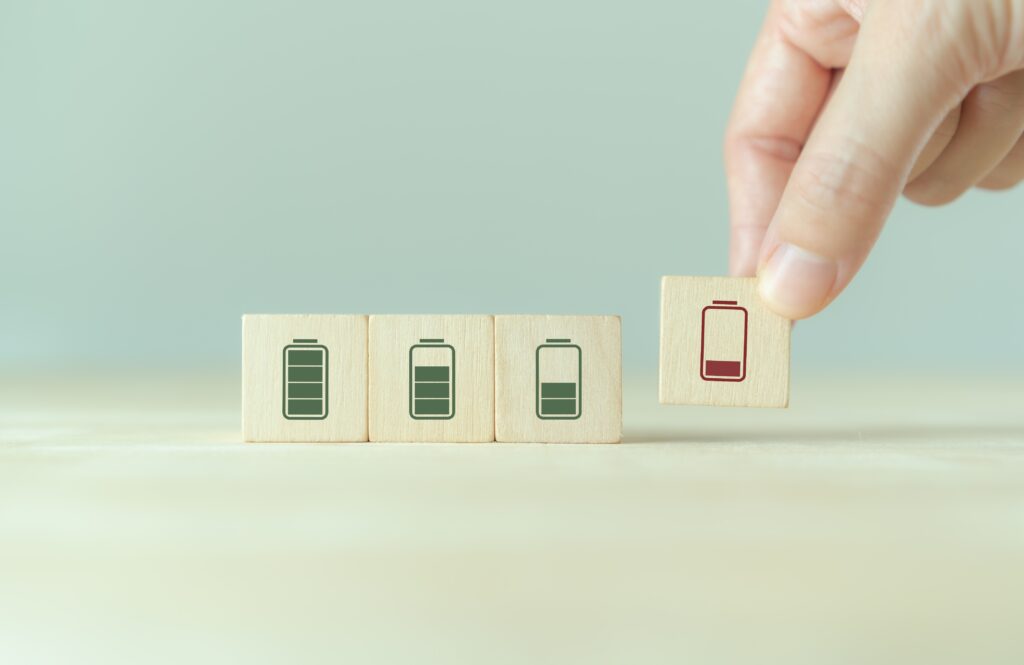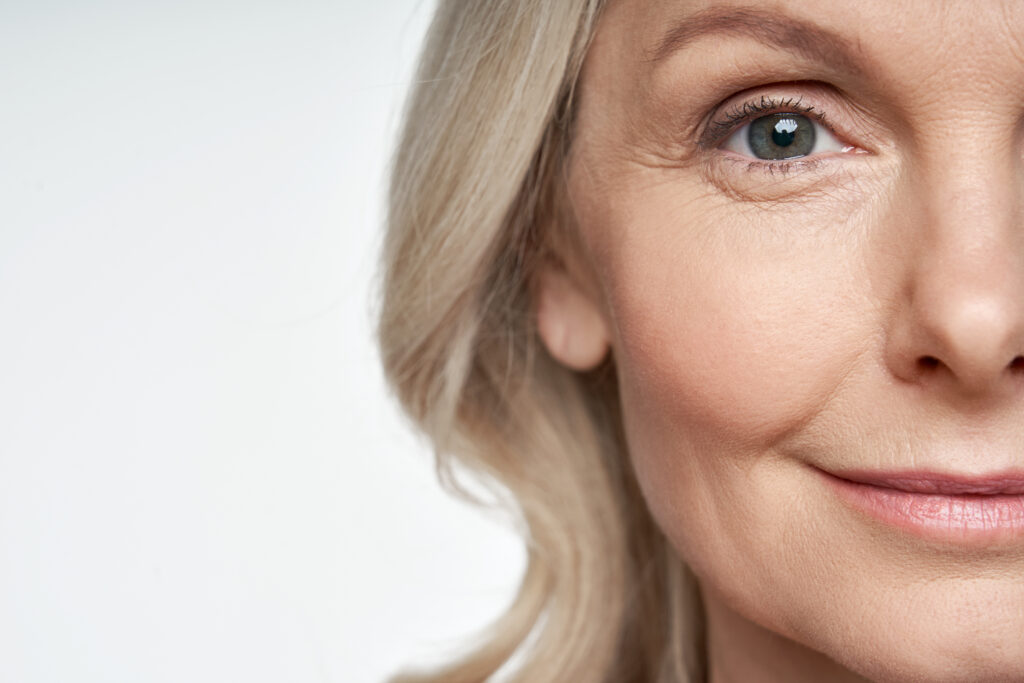Weeding and Seeding: How to Reset Your Gut for Better Digestion, Energy, and Health

If you ever feel constantly bloated, sluggish or like your digestion is just off, your gut might be trying to get your attention. Gut health is the foundation of how we feel day to day. It affects everything from nutrient absorption and energy to mood, immunity and even how clearly we think. When the gut is thriving, you feel lighter, more energised and more balanced. But when the gut is overwhelmed with harmful bacteria and not enough of the good, your health takes a hit.
This is where the idea of ‘weeding and seeding’ comes in. It’s a simple but effective way to help reset your gut, giving it a much-needed refresh by clearing out what’s not serving you and encouraging the growth of bacteria that help your body thrive.
The Importance of Gut Health
Your gut is home to trillions of microbes that make up your microbiome. This vast community of bacteria and fungi helps digest food, supports your immune system, influences your hormones and even produces some vitamins your body needs. A healthy, balanced microbiome is key to keeping inflammation low and maintaining good energy levels. Studies have shown that gut microbiota diversity is directly linked to better metabolic and mental health outcomes.
But everyday factors like a poor diet, chronic stress, antibiotics and irregular sleep can upset this balance, allowing unhelpful bacteria to take over. This imbalance, called dysbiosis, is linked to digestive discomfort, fatigue, weakened immunity and even issues like skin breakouts or mood swings. The weeding and seeding process is a targeted approach to restore balance and build a more resilient gut environment.

The ‘Weeding’ Phase: Eliminating Harmful Bacteria
Weeding is the phase where you reduce foods and habits that feed the wrong types of bacteria. Sugars, refined carbs and highly processed foods tend to feed harmful microbes. Cutting back on these can help starve them out.
At the same time, including more foods with natural antimicrobial properties can help gently reduce overgrowth. Think garlic, ginger, oregano and turmeric. These ingredients have been shown to inhibit unhelpful microbes without harming the beneficial ones. Some people also use herbal antimicrobials or targeted supplements, but these should always be used with guidance.
Chronic stress also has a big impact. It increases cortisol, which weakens the gut lining and disrupts the balance of microbes. Getting good sleep and managing stress are crucial during the weeding phase. Activities like yoga, journalling and breathing exercises can help calm the nervous system and support gut repair. One study found that stress-reducing practices significantly improved symptoms of gastrointestinal distress.

The ‘Seeding’ Phase: Introducing Beneficial Bacteria
Once you’ve cleared space, it’s time to bring in the good guys. Seeding involves adding beneficial bacteria back into the gut to support digestion, immunity and overall wellbeing.
Probiotics can help, especially if they contain a variety of strains like Lactobacillus and Bifidobacterium. Research shows these can help reduce inflammation, ease digestive symptoms and support immune health.
Fermented foods are a natural way to reintroduce these microbes. Yogurt, kefir, sauerkraut, kimchi and miso are all rich in probiotics and can help build diversity in the microbiome. The more diverse your gut bacteria, the more resilient your health. This concept of microbial diversity being key to resilience has been backed by research.
Potential Benefits of the ‘Weeding and Seeding’ Protocol
Feeding is just as important as seeding. Once beneficial bacteria are back in the gut, they need fuel. This is where prebiotics come in. Prebiotics are fibres found in plant foods that feed your healthy bacteria.
Good prebiotic sources include garlic, onions, leeks, asparagus, bananas and oats. These foods help beneficial bacteria grow and produce short-chain fatty acids, which reduce inflammation and keep your gut lining strong. According to studies, diets rich in prebiotics improve gut barrier function and reduce systemic inflammation.
Soluble fibre from foods like flaxseeds, chia seeds and oats helps calm the gut, while insoluble fibre keeps digestion regular. Including a wide range of colourful plant foods supports diversity and encourages a healthier microbiome.

What to expect: the benefits of a healthier gut
One of the first things many people notice is less bloating and better digestion. More regular bowel movements and reduced gas are signs the gut is rebalancing. As nutrient absorption improves, so does energy. You may notice fewer energy dips and a clearer mind.
Immune health often gets a boost too. With around 70 percent of your immune cells based in the gut, a healthy microbiome helps your body respond better to viruses and infections. Some research also suggests improved gut health may ease symptoms of anxiety and low mood, thanks to the gut-brain connection .
Things to consider before you start
Everyone’s gut is different, so it’s important to listen to your body. What works well for one person might need adjusting for another. If you have IBS, SIBO or another digestive condition, it’s best to work with a healthcare provider before making big changes.
Sometimes cutting out certain foods too quickly can cause discomfort. And while probiotics and antimicrobials can be helpful, using them without guidance may not always be the right move. A functional medicine practitioner or a registered nutritionist can help tailor the approach to your needs.
The bottom line
Small steps to a healthier gut
Resetting your gut doesn’t have to be complicated. With the right balance of weeding, seeding and feeding, you can support digestion, boost energy and feel more in control of your health.
Start with simple swaps. Cut down on processed foods, introduce a few fermented options and add more plant-based meals to your weekly routine. Stay curious about how your body responds, and remember that consistency matters more than perfection.
Your gut is at the centre of your health story. With care and attention, it can become one of your strongest allies.





